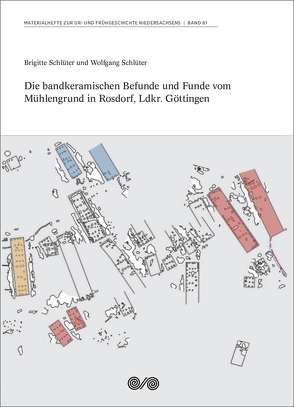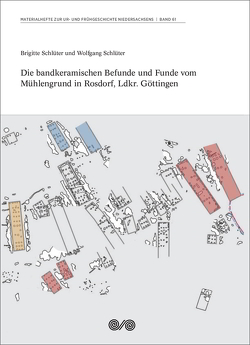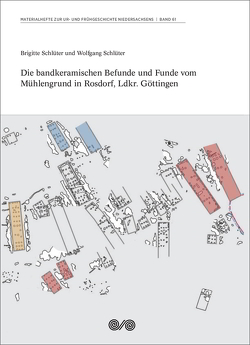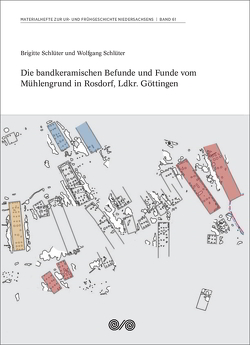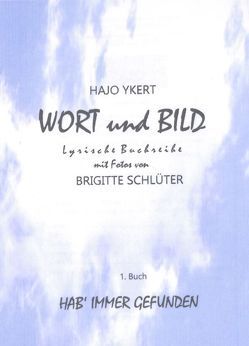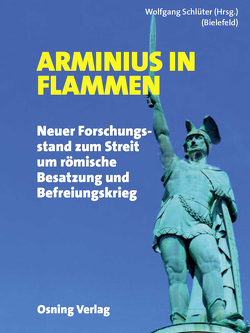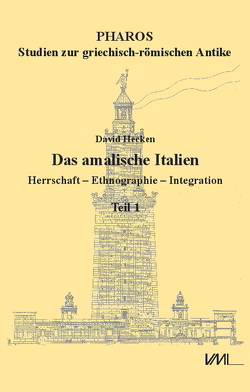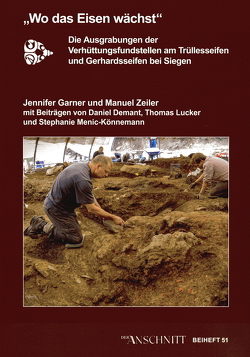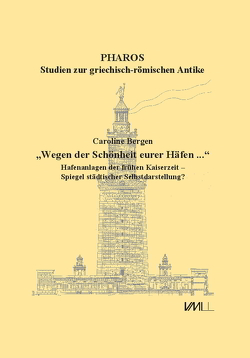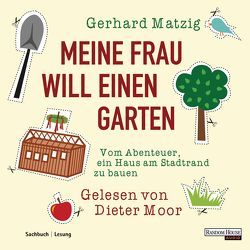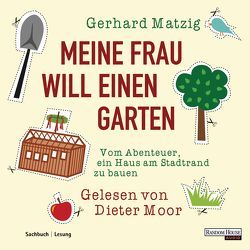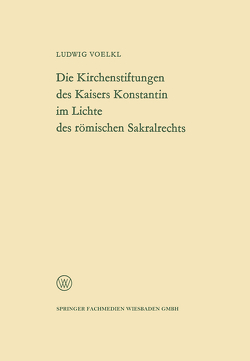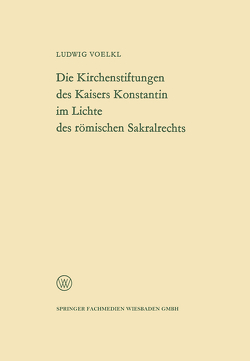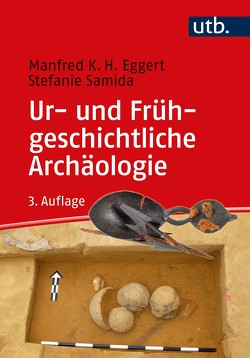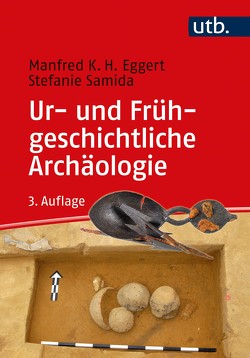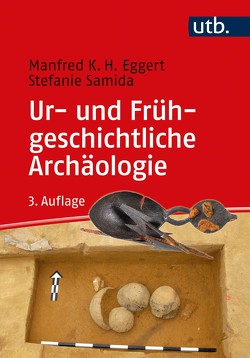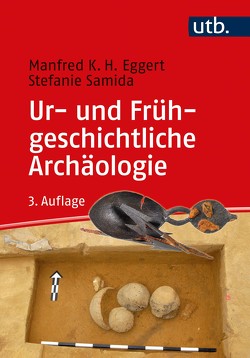Die bandkeramischen Befunde und Funde vom Mühlengrund in Rosdorf, Ldkr. Göttingen
Brigitte Schlüter , Wolfgang Schlüter
Zwischen 1963-70 und 2016 wurden 2,6 ha einer linearbandkeramischen Siedlung freigelegt. Sie befand sich auf einem zur Rase, einem westlichen Nebenfluß der Leine, parallel verlaufenden Lößrücken, der im Osten an die Leineniederung grenzt. Der Band legt Befunde und Funde vollständig für vergleichende Untersuchungen vor. Auswertungsschwerpunkte sind die Keramikanalyse und die Klassifizierung und chronologische Reihung der 54 Hausbefunde. Diese werden bestimmten Bautypen bzw. Grundrißtypen zugeordnet und anhand von Konstruktionsmerkmalen und Keramikfunden zeitlich gereiht. Dabei wurde die Entwicklung der Keramik mit derjenigen der Hausgrundrisse parallelisiert. Als Besiedungsschwerpunkt ergab sich die Stufe II bzw. die Phase Flomborn, während Stufe III nur durch wenige Befunde und Funde vertreten war und die Besiedlung mit dem Beginn der Stufe IV – zumindest im untersuchten Areal – gänzlich abbrach. Erörtert werden zudem mögliche kultisch-rituell geprägte Befunde in Hauskontexten. Weitere Themen sind die Siedlungsstruktur und Sozialstruktur. Geschlagene und geschliffene Steingeräte, Mahlsteine und organische Funde werden ebenfalls vorgelegt.
From 1963-70 and in 2016 some 2.6 ha of a Linear Pottery settlement were excavated. It was situated on a Loess ridge parallel to the River Rase, a western tributary of the River Leine, easterly adjacent to the Leine flood plain. This volume presents the entire evidence of features and finds for comparison with other sites. It focuses on pottery analysis and the classification and chronological order of the 54 houses excavated. These were attributed to certain types of construction and ground plan and brought into chronological order by means of construction characteristics and pottery finds. At the same time, the development of pottery was linked to the development of ground plans of buildings. The focus of occupation lay on Stage II or the Flomborn Phase, while Stage III was represented by a few features and finds only, and the settlement was finally deserted at the beginning of Stage IV – at least in the area excavated. Additionally, features of a possibly cultic or ritual nature in house contexts are discussed. Other topics are the settlement structure and social structure. Knapped and polished stone tools, querns, and organic remains are published here, too.
